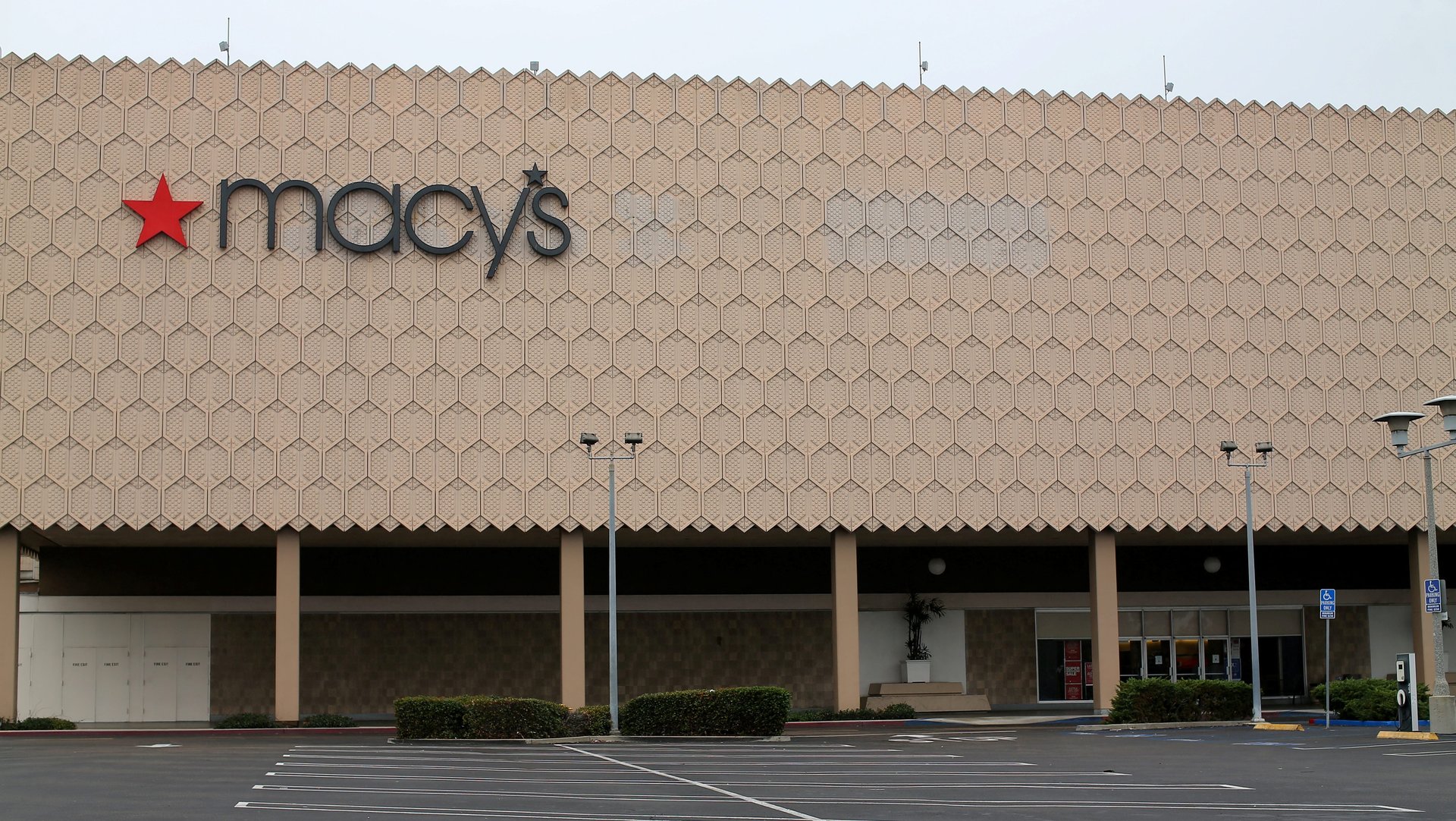US retailers are on pace to close more stores in 2017 than in the 2008 Great Recession
US bricks-and-mortar retailers are bleeding badly. E-commerce is gobbling up a growing share of sales, store productivity has dwindled, consumer shopping habits are shifting toward fast, cheap fashion—or away from stuff entirely—and it all seems to be coming to a head this year.


US bricks-and-mortar retailers are bleeding badly. E-commerce is gobbling up a growing share of sales, store productivity has dwindled, consumer shopping habits are shifting toward fast, cheap fashion—or away from stuff entirely—and it all seems to be coming to a head this year.
Analysts at Credit Suisse count roughly 2,880 store closings announced this year through April 6. They note that about 60% of store closure announcements historically have come in the first five months of the year, so extrapolating from there, the bank estimates the year could bring more than 8,640 store closings in total.
In other words, with about a quarter of 2017 now completed, the US retail industry is on pace to close more stores this year than the 6,200 shuttered during the Great Recession in 2008.
The wave of closures—announced by some big chains including Macy’s, Bebe, Sears, and Payless—is delivering a major blow to US workers. In just the first three months of 2017, the US retail industry lost some 60,000 jobs—that’s more than the 53,000 jobs that make up the entire US coal industry that US president Donald Trump has been so vocal about saving, as Axios recently pointed out.
The changing landscape of retail has companies doing some serious thinking about what makes a store worthwhile in this climate. Brick-and-mortar shops will continue to be vital to retail; just shutting them down based on sales-per-square-foot calculations isn’t always the best approach.
But brands also recognize that if customers want a no-fuss transaction, they usually can get that online. More and more are experimenting with different types of in-store experiences, or working to integrate their digital and physical operations in innovative ways.
Regardless, it’s evident that retail is at a turning point (paywall), and plenty of brick-and-mortar locations, as well as plenty of businesses, won’t survive.